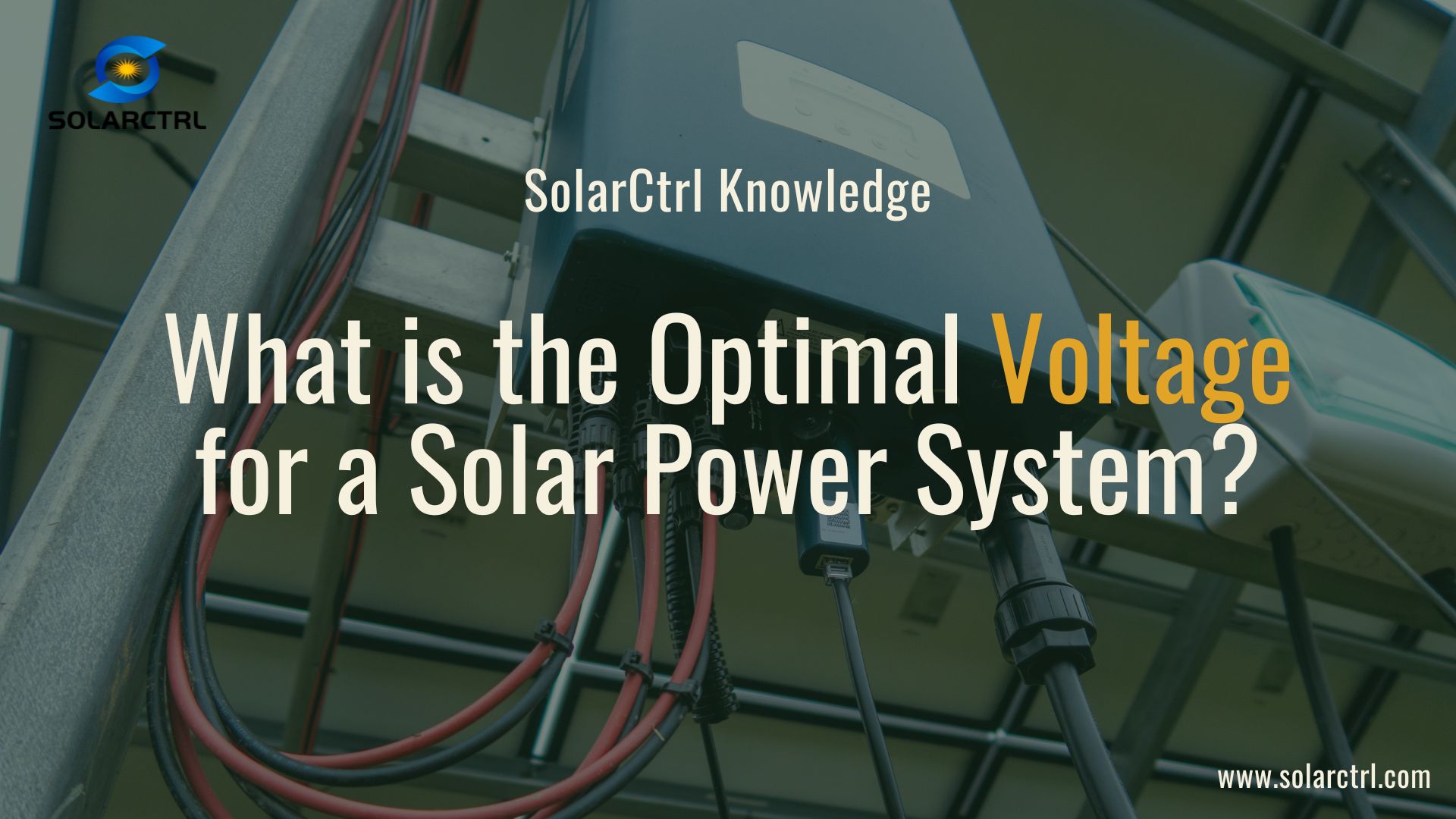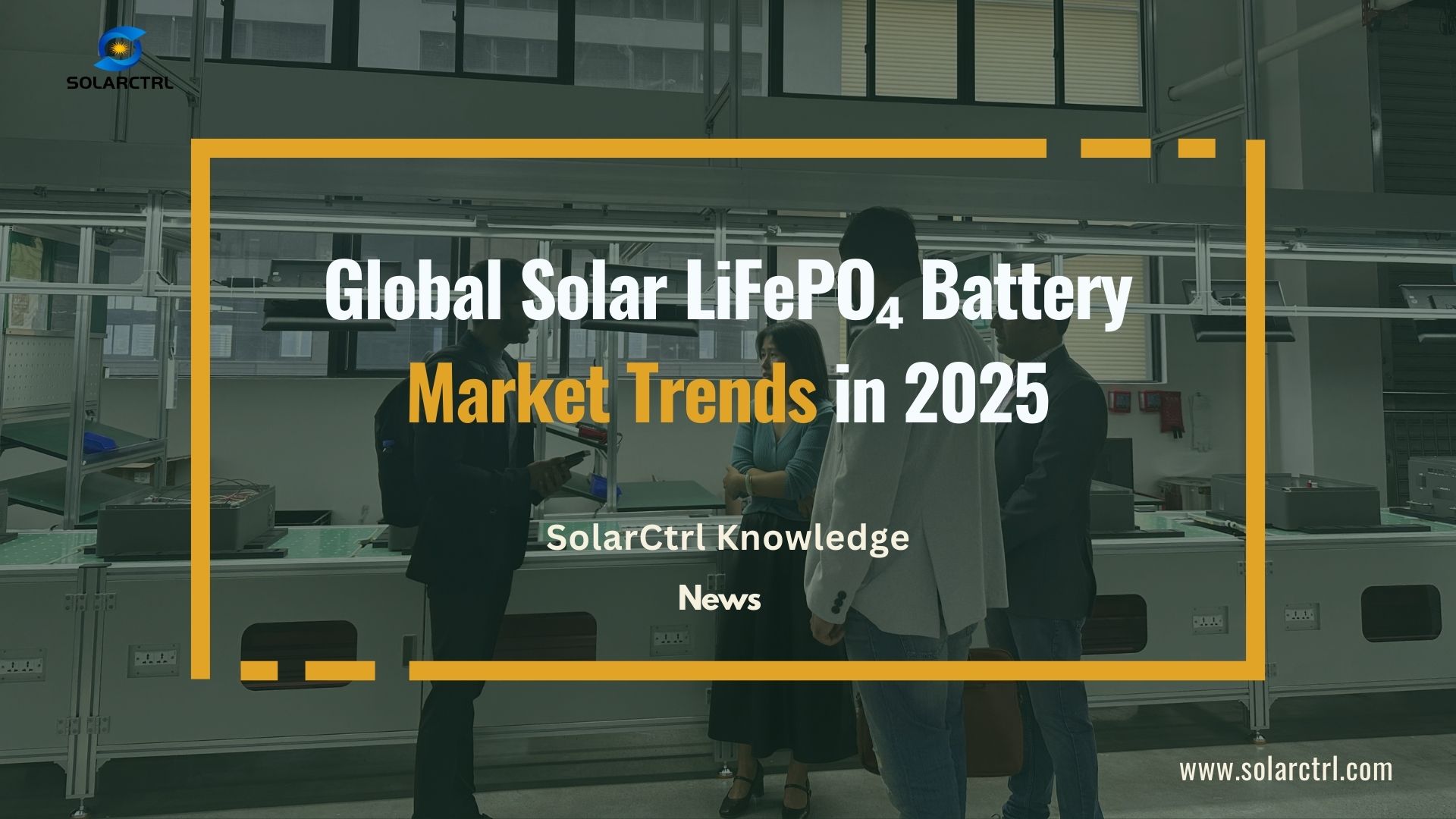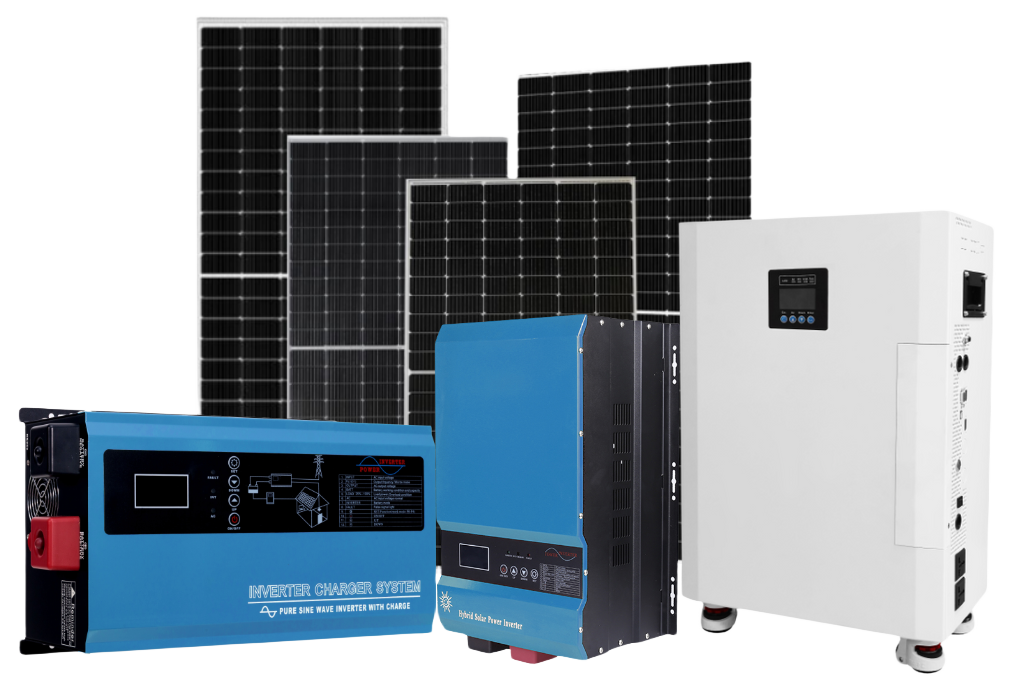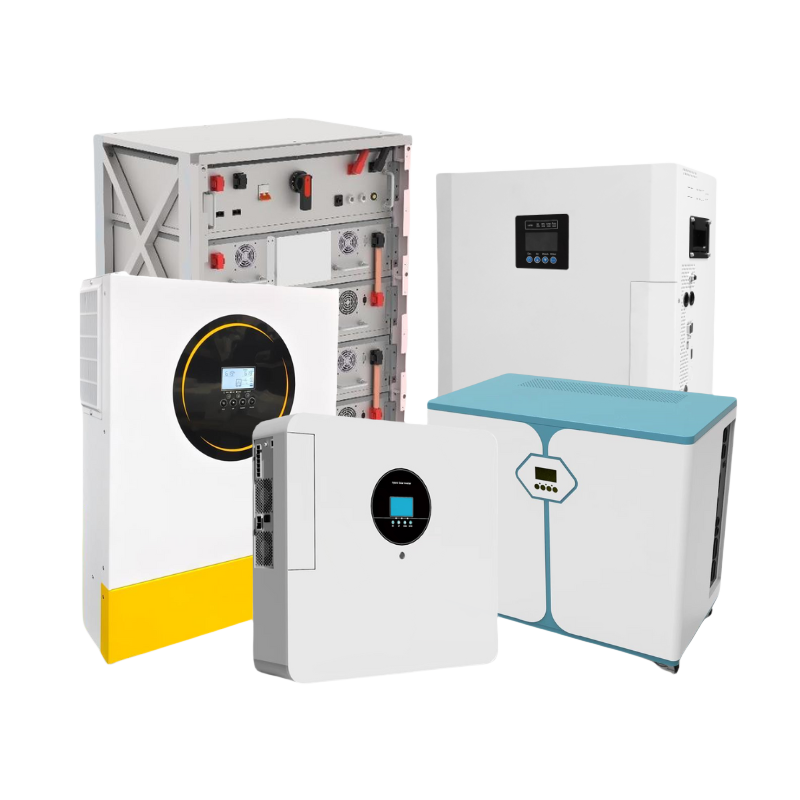So, what is the optimal voltage for a solar power system? The answer varies based on the size and requirements of the installation: small systems generally use 12V, medium systems benefit from 24V, and large systems perform best at 48V. Each step up in voltage provides greater efficiency and reduces the strain on system components, enhancing overall performance and longevity.
Detailed Voltage Recommendations by System Size
1. Small Systems (12V)
For small-scale applications like those used in RVs, small cabins, or standalone solar projects, 12V systems often provide sufficient power. Due to their compatibility with a wide range of low-power appliances and standard 12V batteries, these systems are particularly user-friendly. They are favored in scenarios where the power demand is low and the installation space is limited, making them an ideal choice for beginners or for those who prefer a simpler, more straightforward setup.
- Advantages: They are highly cost-effective, easy to set up, and are predominantly plug-and-play, which makes them excellent for DIY installations. Due to their widespread use in various small applications, components for 12V systems are readily available and often less expensive.
- Limitations: Their suitability wanes as energy demands increase. 12V systems can become inefficient when scaled up, primarily because they require thicker cables to manage higher currents, which can lead to increased energy loss and significant voltage drop over longer distances. This makes them less ideal for more extensive setups or for users planning to expand their energy systems.
2. Medium Systems (24V)
When the power requirement ranges between 1,500W and 5,000W, a 24V system configuration comes into its own. This setup is more efficient than its 12V counterpart, mainly because it reduces the current flowing through the system, which, in turn, reduces the gauge of wiring needed and decreases overall power loss. These systems strike a balance between manageability and capability, providing sufficient power for a wide range of residential applications without the complexity and cost of higher voltage systems.
- Advantages: Improved efficiency and reduced cable costs are significant benefits of 24V systems compared to 12V setups. The lower current required also means less heat generation and reduced risk of overheating components, which enhances overall system longevity and safety.
- Use Cases: These systems are perfect for medium-sized homes or off-grid setups that require consistent power for daily activities. They efficiently handle lighting, small appliances, personal electronics, and charging stations, making them a robust choice for modern energy needs.
3. Large Systems (48V)
For extensive installations, particularly in settings that require robust power solutions like large residential homes, commercial buildings, or intensive agricultural and industrial operations, 48V systems are recommended. These setups are designed to handle significant power requirements efficiently over large areas without substantial loss of energy, ensuring both high performance and safety.
- Advantages: The primary advantage of a 48V system is its ability to deliver maximum efficiency with minimal power loss, even over long distances. The higher voltage reduces the current required, which in turn minimizes the heat generated and reduces the wear on electrical components, thereby enhancing safety and reducing maintenance needs.
- Use Cases: Ideal for large-scale installations where the demand is substantial. These might include commercial spaces that operate high-power machinery, large residential complexes with extensive power needs, and farms or production facilities that use a significant amount of electrical power continuously. They are also well-suited for integrating with modern smart home systems and renewable energy grids, providing a reliable power source that can be scaled up as necessary.
Each of these system sizes offers distinct advantages and is suited to particular scenarios. Choosing the right voltage will depend on specific power requirements, the scale of the project, and future scalability needs.

Key Considerations for System Voltage Choice
1. Efficiency and Safety
Higher voltage systems are typically more efficient and offer enhanced safety benefits. By operating at a higher voltage, these systems require lower currents to transmit the same amount of power, which significantly reduces the load on electrical components. This reduction in current diminishes the heat generated during operation, which in turn lowers the risk of overheating, potential fires, and other safety hazards.
Moreover, less strain on components like wiring and connectors means there is a decreased likelihood of premature wear or failure, leading to a more reliable and durable system.
- Practical Impact: In environments where safety and system longevity are paramount, such as in schools, hospitals, or residential complexes, the choice of a higher voltage system can lead to more stable operations and less maintenance downtime.
2. Scalability
One of the most significant advantages of opting for higher voltage systems is scalability. As energy needs grow, whether due to the expansion of residential spaces or an increase in commercial activities, higher voltage systems can accommodate added solar panels or increased loads without the need for extensive system overhauls. This is because they can handle more power through the same cables without significant losses, making upgrades simpler and less costly.
- Future-proofing: For businesses or homeowners planning to expand their facilities or to eventually adopt more energy-intensive technologies, investing in a higher voltage system from the outset can be a strategic choice that offers greater flexibility and cost savings over time.
3. Component Compatibility
Ensuring that all system components are compatible with the chosen voltage is critical for efficient operation. This includes inverters, controllers, batteries, and even the solar panels themselves. Mismatched voltages can lead to inefficient system performance, potential damage to electrical components, and safety issues. It’s crucial to check the specifications of each component to confirm that they can operate effectively at the intended system voltage.
- Integration: Special attention should be paid when integrating new components into an existing system or during the upgrade of certain system parts, as discrepancies in voltage requirements can lead to significant technical challenges and safety risks.
4. Installation Considerations
Higher voltage systems often require more sophisticated components and safety measures during installation due to the inherent risks associated with higher voltages. This includes the use of specialized insulation, proper grounding methods, and protective gear for installation personnel. The complexity of the installation might also necessitate the involvement of certified professionals who are trained to handle high-voltage electrical systems safely.
- Regulatory Compliance: Additionally, high-voltage installations might be subject to stricter regulatory standards and inspections. Compliance with local electrical codes and standards is crucial, not only to ensure safety but also to avoid legal and insurance issues.
5. Cost Implications
When considering the financial aspect of solar power systems, it’s essential to evaluate both the initial setup costs and ongoing maintenance expenses:
- Initial Setup Costs: Higher voltage systems generally come with higher upfront costs because they require more specialized components and installation expertise. These systems are more complex and need careful handling to ensure safety and efficiency.
- Maintenance Costs: Although higher voltage systems are more costly to set up, they tend to have lower ongoing maintenance costs. This is due to less wear and tear on their components, thanks to lower current demands. In contrast, lower voltage systems may incur higher maintenance costs over time, as the greater current required can lead to quicker degradation of components, necessitating more frequent repairs or replacements.

Conclusion
Choosing the correct voltage for a solar power system is a critical decision that affects its efficiency, safety, and scalability. For small setups, a 12V system may suffice, but for medium and larger installations, 24V and 48V systems offer significant advantages in terms of efficiency and safety. Always ensure that every component of the system is compatible with the chosen voltage to maximize performance and maintain operational safety. Proper planning and understanding of voltage requirements will lead to a reliable and effective solar power system.






















